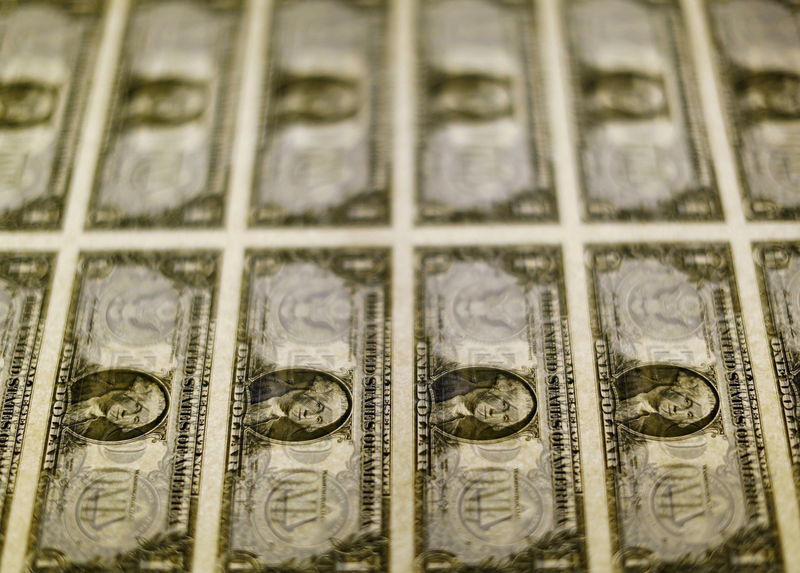Investing.com - The U.S. dollar edged lower against other major currencies on Friday, pulling away from six-week highs as concerns sparked by news of U.S. tariffs on steel and aluminum imports overshadowed upbeat comments by Federal Reserve Chair Jerome Powell.
U.S. President Donald Trump announced plans on Thursday to impose tariffs of 25% on imported steel and 10% on aluminum, in a move to “protect U.S. industry”.
The move sparked concerns over potential trade wars, which would have a negative impact on the U.S. economy, sending equity markets sharply lower.
The news overshadowed positive remarks by Fed Chair Powell, who told the Senate Banking Committee on Thursday that there was no evidence the U.S. economy is overheating.
Two days earlier, the Fed president had reiterated that the U.S. central bank would likely move forward with gradual increases in interest rates.
Separately, New York Federal Reserve President William Dudley said on Thursday that four interest-rate hikes this year would constitute a "gradual" tightening.
The U.S. dollar index, which measures the greenback’s strength against a trade-weighted basket of six major currencies, was steady at 90.20 by 02:00 a.m. ET (06:00 GMT), off Thursday's six-week peak of 90.89.
The euro and the pound were little changed, with EUR/USD at 1.2269 and with GBP/USD at 1.3780.
Elsewhere, the yen and the Swiss franc were stronger, with USD/JPY down 0.46% at 1065.74 and with USD/CHF shedding 0.24% to trade at 0.9395.
The Australian and New Zealand dollars were also higher, with AUD/USD easing up 0.09% to 0.7762 and with NZD/USD gaining 0.22% to 0.7268.
Meanwhile, USD/CAD was almost unchanged at 1.2836.
